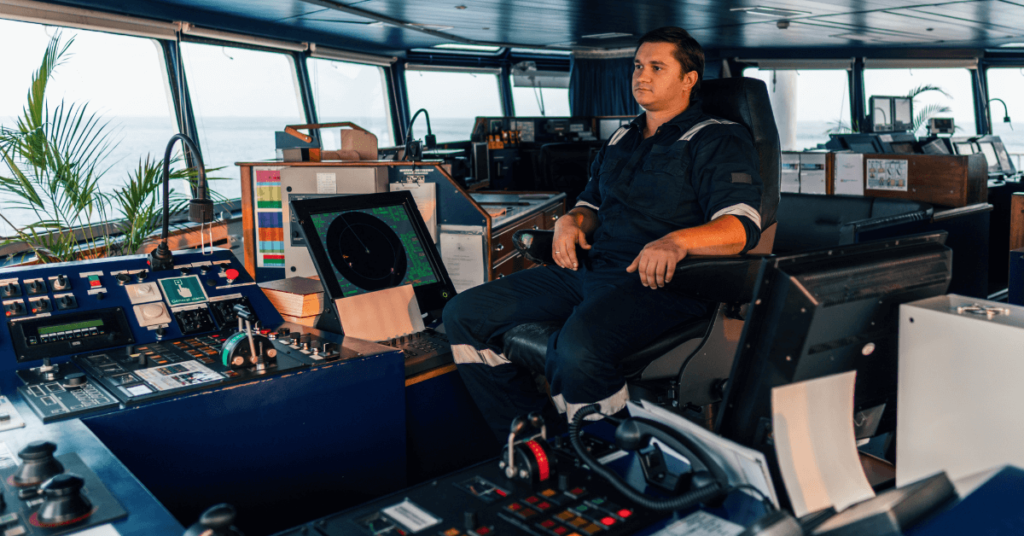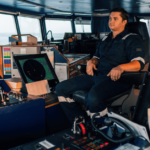How Hi-load Attachment Technology helps to Convert any Vessel into DP Vessel?
Hi-load attachment technology is a floating L shaped terminal, onto which, gas carriers ships can dock with the help of patented friction based attachment system. The docking of hiload unit works on the concept of combining the principles of buoyancy and suction cups. This arrangement restricts the ship to move in any direction and thus helps in positioning itself in one place. The system moves up as a single unit during the operation of offloading and re-gasification operation.
The hiload unit is connected to an unmanned buoy which is attached to the floating re-gasification unit (FRU) via flexible risers. The FRU is held in place with the help of a detachable turret mooring system and the LNG ship is connected to the FRU using a conventional mooring hawser attached to aft end. This arrangement allows the system to rotate a complete 360 degree around the turret in response to the currents and the weather conditions.
The hiload unit carries all equipments required by a standard re-gas equipmen,t including pumps, loading arms and vaporizer. Moreover, it can easily accommodate a Q max LNG ship without requiring additional and special equipments.
This Hiload technology has been approved by the classification societies like American Bureau of Shipping (ABS) and Det Norske VERITAS (DNV). It has also received a prestigious innovation award at offshore technology Houston in May 2004.
Working of HiLoad System
The FRU is moored in place with the help of a detachable turret mooring system, which is anchored to the sea bed. The hiload unit is operated remotely from the FRU, which acts as a metering station for LNG and provides source of electrical power and utilities and safety equipments.
The ambient air vaporizer (AAV) is used to heat an intermediate fuel which will be then used to vaporize the LNG. The intermediate fuel is transferred in closed loop between the AAV onboard the FRU and shell & tube vaporizer situated on the hiload.
Once the LNG is degasified, the vaporized gas is passed through the high pressure flexible gas lines on the hiload unit and then transferred to the FRU Unit, which meters the amount of gas received. The gas from the FRU is later transferred to various shore based installments with the help of seafloor pipes.
Check out the trial video of this arrangement below:
References: Remoratech
Do you have info to share with us ? Suggest a correction
Latest Shipboard Guidelines Articles You Would Like:
About Author
Marine Insight News Network is a premier source for up-to-date, comprehensive, and insightful coverage of the maritime industry. Dedicated to offering the latest news, trends, and analyses in shipping, marine technology, regulations, and global maritime affairs, Marine Insight News Network prides itself on delivering accurate, engaging, and relevant information.

About Author
Marine Insight News Network is a premier source for up-to-date, comprehensive, and insightful coverage of the maritime industry. Dedicated to offering the latest news, trends, and analyses in shipping, marine technology, regulations, and global maritime affairs, Marine Insight News Network prides itself on delivering accurate, engaging, and relevant information.
Subscribe To Our Newsletters
By subscribing, you agree to our Privacy Policy and may receive occasional deal communications; you can unsubscribe anytime.















